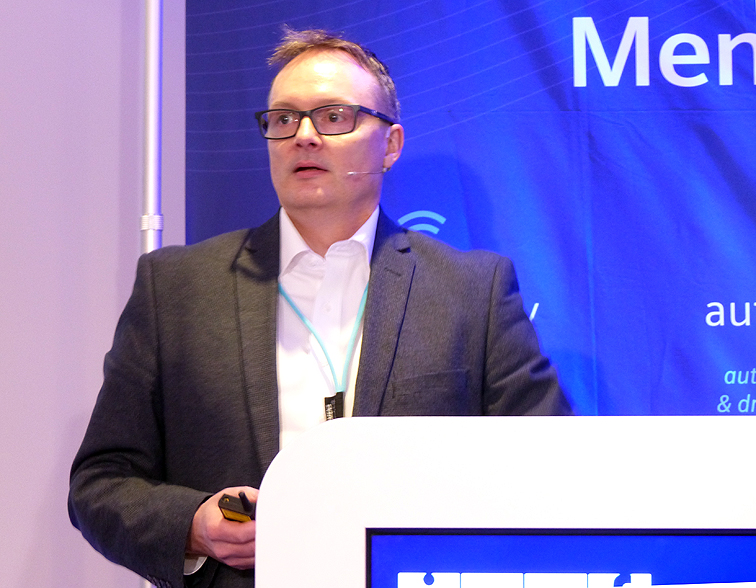Joined-up cities need joined-up thinking
- November 11, 2019
- Steve Rogerson
Smart cities are complex beasts, as conglomerates all over the world are beginning to realise. Even relatively simple route planning or sensors warning when public waste bins need emptying can prove more difficult than many imagined.
So think for a moment how that extrapolates to the vision of the future city where everything is connected and autonomous vehicles are ferrying citizens around. In fact, do we even need the citizens, but that is probably a debate for another time. Let us look instead at the designing of a smart city and where to start to achieve such a complicated environment. One answer I heard this month really surprised me.
I was at Siemens subsidiary Mentor’s IESF Automotive conference in Munich and they have come up with a clever design tool called Pave 360 to speed the development of intelligent vehicles. What this does is take the whole design process from building the silicon chips that go into the vehicle right up through the vehicle and how it will communicate with the infrastructure, and to the city itself.
Hang on a minute, I thought, does that mean the chips themselves will be designed with the final smart city in mind? The answer, according to Andrew Macleod (pictured), automotive marketing director for Siemens Digital Industries Software, is yes.

He alluded to this in his talk when he opened the conference, so I pulled him aside later for a chat.
“We have models of the silicon,” he explained, “and we use those models to power a model of an autonomous vehicle system with real and virtual ECUs [electronic control units], and we use that to drive around in a model of a smart city.”
He said this meant when someone specified the microcontroller, they could do so not just on its power and speed, as is the norm, but in the context of how it would be finally used in the vehicle and the city.
“This can help you create the optimum specification for the chip,” he said. “So, rather than wait till everything is done when it is too late to make changes, you can specify the chip properly at the start.”
This means the chip will only be validated in the context of the vehicle and that can only be done with vehicle-to-infrastructure and vehicle-to-vehicle communications in mind. Basically, it is like designing in reverse. You start with what you want the city to do and work down to the actual chips that sit in electronic circuits at the bottom level.
“You define the algorithms in all the subsystems before you design the chips,” said Macleod.
Does this means city planners will have to be electronics engineers? Hopefully not, or we may all be in trouble, but we are now at least seeing the start of joined-up thinking for the design process of smart cities, and with joined-up thinking in the design we may end up with joined-up cities in reality.





